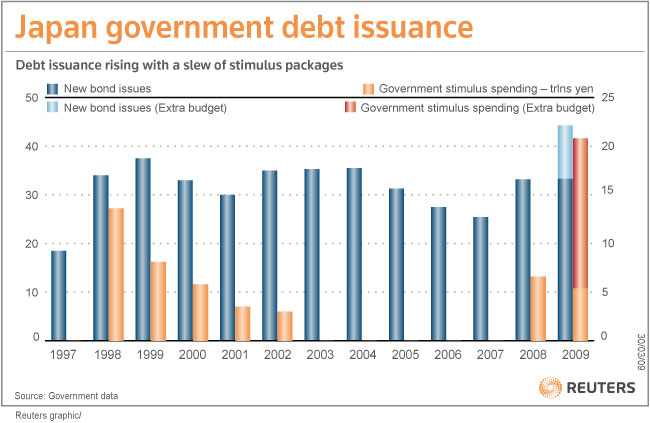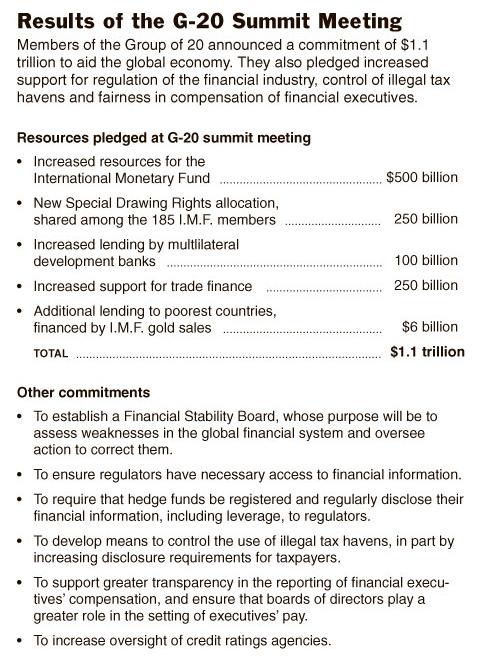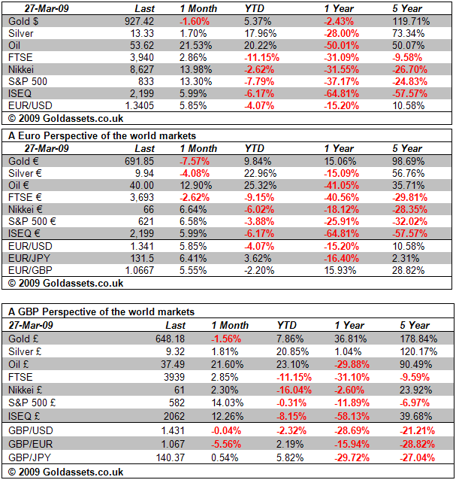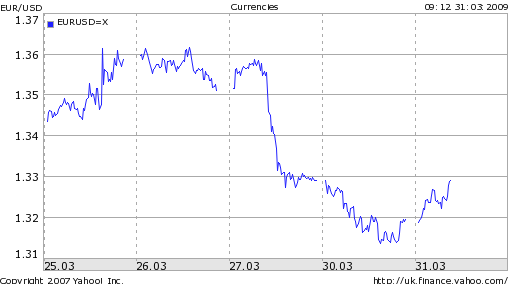Here you will find the Forex e-books that contain more advanced information than the average popular book about financial trading. In some cases, understanding these books is impossible without a lot of experience in Forex and sometimes the extended knowledge of mathematics.
Almost all Forex e-books are in .pdf format. You'll need Adobe Acrobat Reader to open these e-books. Some of the e-books (those that are in parts) are zipped.
If you are the copyright owner of any of these e-books and don't want me to share them, please, contact me and I will gladly remove them.
A New Interpretation of Information Rate — by J. L. Kelly Jr.
CCI Manual — by James L. O'Connell.
Nicktrader and Jeff Explaining Reverse and Regular Divers — from Woodies CCI Club Discussion From January 15,16 2004.
NickTrader on No Price CCI Divergence Trading — by Nicktrader.
Are Supply and Demand Driving Stock Prices? — by Carl Hopman.
The Sharpe Ratio — by William F. Sharpe.
The Interaction Between the Frequency of Market Quotes, Spread and Volatility in Forex — by Antonis A. Demos and Charles A. E. Goodhart, a scientific article from the Applied Economics.
Trend Determination — by John Hayden, a quick, accurate and effective methodology for trend determination on the financial markets.
Trend vs. No Trend — by Brian Dolan an article from TRADERS' Magazine July 2005 issue, which deals with the trend/no trend paradox encountered by many traders who think that "the trend is your friend".
A Six-Part Study Guide to Market Profile — by CBOT professionals — it describes the concept of the market profile in the smallest details.
How George Soros Knows What He Knows — by Flavia Cymbalista — the study of George Soros' market reflexivity.



